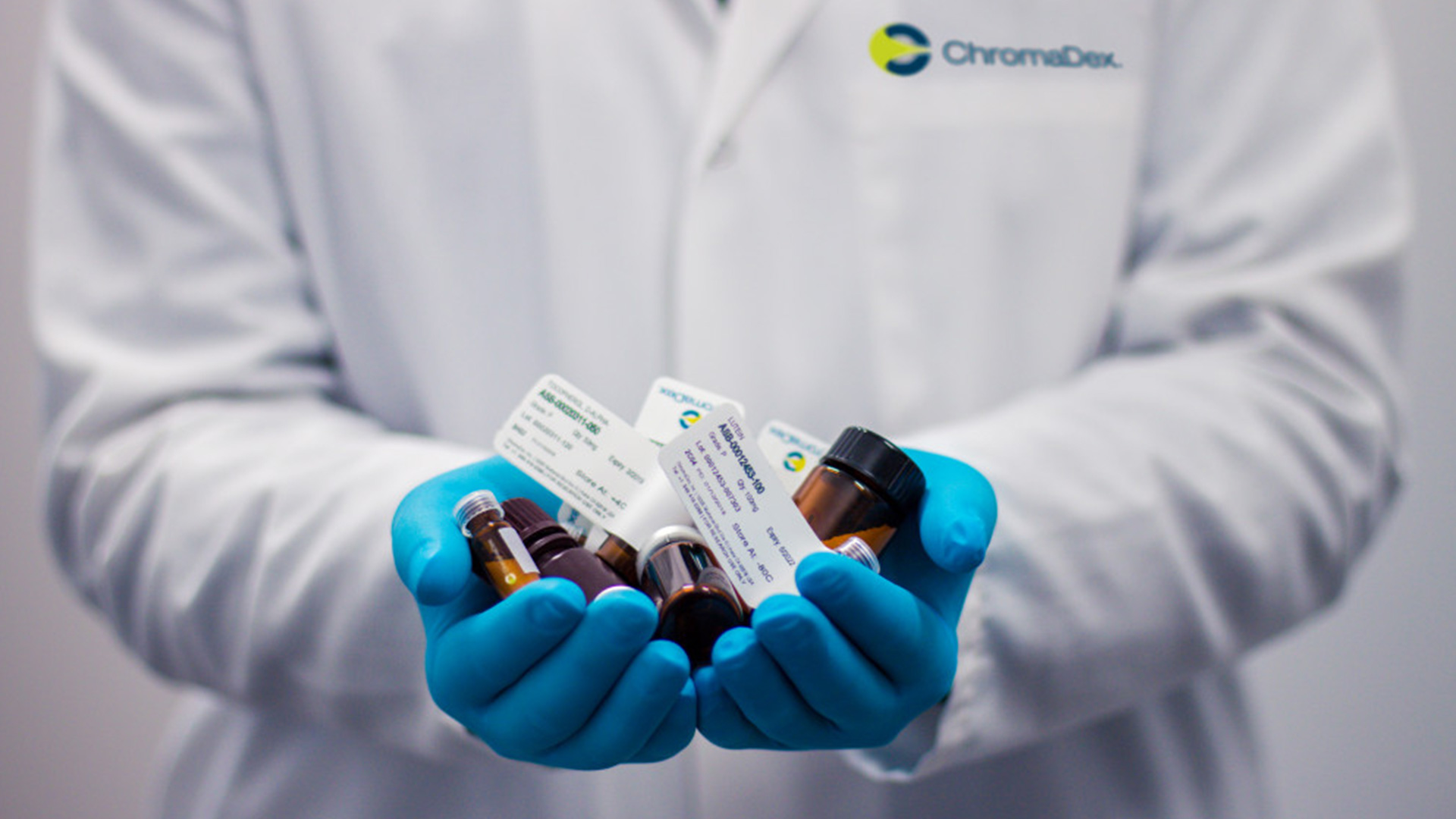Watchful Waiting
To avoid aggressive treatments such as surgery or radiotherapy, 'watchful waiting' is used by many men when it comes to prostate cancer in its initial stages. This process is followed usually when the risks of treatment are greater than the benefits.
However, it is risky to opt for this treatment option for prostate cancer as cancer may grow and spread between follow-ups and become even more difficult to treat later on- except for the disciplined patients who are willing to monitor their health with periodic PSA checks and are under the constant care of their urologist.
Active Surveillance
In this treatment option, monitoring of prostate cancer is closely done. It requires frequent medical examinations and visits to the doctor. Tests such as prostate-specific antigen (PSA), biopsies, and a digital rectal exam are done to monitor cancer and its growth before opting for a more severe treatment method.
Here are a few guidelines recommended by the American Urological Association for Active Surveillance:
- Routine PSA testing and digital rectal exams every 3- 6 months or as prescribed.
- Multiparametric prostate MRI – As prescribed by a medical expert.
- Biopsy within the two initial years followed by surveillance biopsies as prescribed.
HIFU
Short for High-Intensity Focused Ultrasound, this treatment option for prostate cancer targets and destroys cancer cells in precise areas of the tissue. It's radiation-free and leaves the healthy tissues untouched. In addition, it is minimally invasive, so you can go home after the procedure is done. Consult your urologist to see if this treatment would be beneficial.
Radiotherapy
Radiotherapy for the treatment of prostate cancer can be of two types:

Brachytherapy:
Unlike HIFU, Brachytherapy is radiation-based. It is also known as Radiation Seed Therapy, in which radioactive seeds the size of a grain of rice are placed inside or near the cancer-ridden tissue. These seeds emit radiation that targets and kills the cancer cells.
Brachytherapy is of two types – High dose and low dose Brachytherapy. In the former, the seeds are inserted temporarily, while in the latter, they are placed permanently.
The process is completed in 2 or 3 visits. The seeds are implanted by over 20 needles which implant 2-6 seeds under general anesthesia. A catheter is placed as well and X-rays may be taken during the procedure for imaging. Once the treatment is conducted, a CT scan may be administered to check if the correct dosage has been given after which patients may be sent home with medication.
External Beam Radiation Therapy
This procedure uses high-energy X-ray or electron beams to target the cancer cells. It disrupts the multiplication and growth of cancer by using X-Rays or protons. It is the most commonly used method since it is quick and rarely induces any pain during the process. The duration of the procedure usually lasts for less than an hour and induces minimal pain. It may take up the most time during the initial treatment, after which the duration of subsequent treatments may be reduced to 15 minutes. Patients receive treatments once a day, five times a week. This may last for 2 to 9 weeks depending on the patient’s diagnosis. This treatment is more expensive compared to brachytherapy and prostatectomy and costs the patient $6,412.29 annually.
Hormonal Treatment
In this treatment option, male hormones are suppressed. Also referred to as androgen deprivation, in this procedure, testosterone secretion is reduced. By doing so, testosterone is prevented from reaching the prostate cells and encouraging them to grow. Hormonal therapy may be done via medication or removal of the testicles to prevent testosterone production. It could be given all by itself or in combination with radiation therapy. However, there are some side effects that can take place along with this treatment such as:
- Hot Flashes
- Loss of muscle mass
- Osteoporosis
- Lower libido
- Fatigue and weakness
- Growth of the breast tissue i.e. gynecomastia
- Heart related complications
Radical Prostatectomy
Radical Prostatectomy is the removal of the prostate gland partially or completely. This is usually done surgically. The prostate gland is located between the penis and bladder and is the size of a walnut. Its primary function is to aid in reproduction by producing semen.
RALP
Robotic-Assisted Laparoscopic Prostatectomy is a treatment that has gained a lot of popularity recently. In this treatment, a 3- to 4- armed robot is used to assist your surgeon in removing the prostate gland in a minimally invasive manner. The robotic surgical instruments are controlled by the surgeon. Instead of an inches-long incision, several small incisions are made to access the prostate gland. The surgeon has several advantages- including a several times magnified, three dimensional view of the surgical target, plus the use of very fine wristed instruments. The surgeon sits on a ergonomically comfortable chair unlike standing in an open operation.
With this procedure, precision and accuracy are maintained. Moreover, patients experience a quick recovery, lesser pain as well as improved urine control and sexual functions. Another major advantage is insignificant blood loss yielding no need for a blood transfusion.
Cryotherapy
In this treatment option, cancer cells are frozen. It requires using nitrogen or argon gas to create a cold environment where the cells can be destroyed. Moreover, this procedure is often carried out during the initial stages of cancer.
Now that you know what treatment options for prostate cancer there are, you can discuss them with your physician or a medical expert. They will guide you better on what treatment option would be best suited for you. And remember, don't give up or lose hope!




